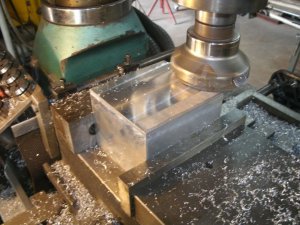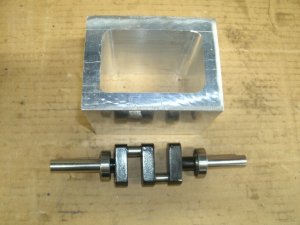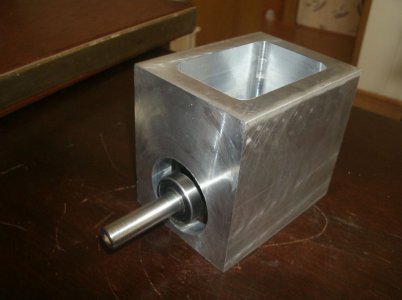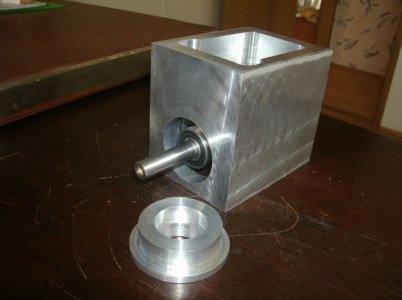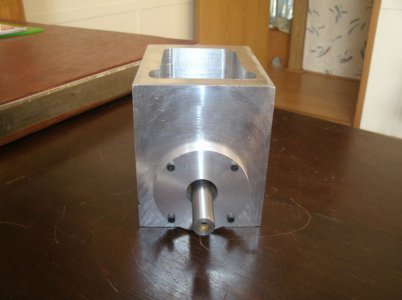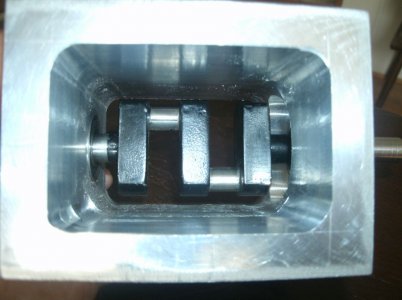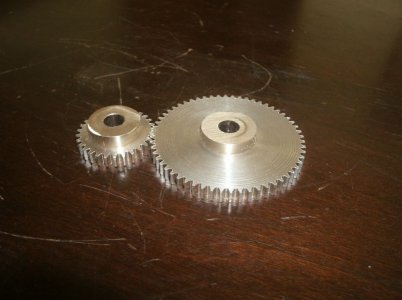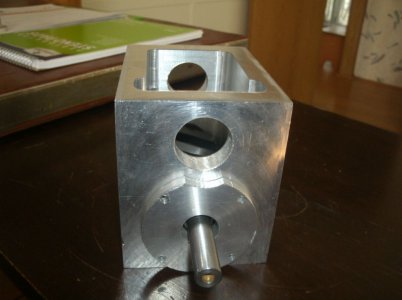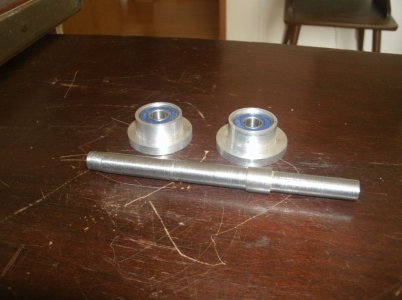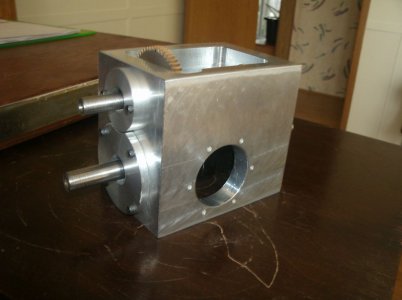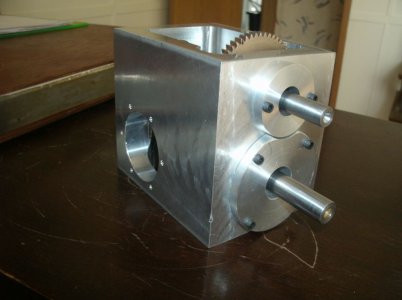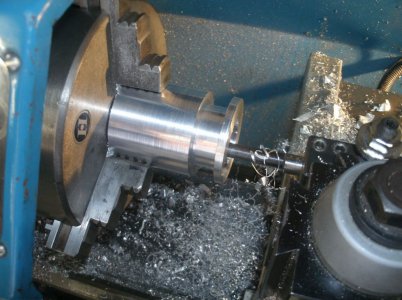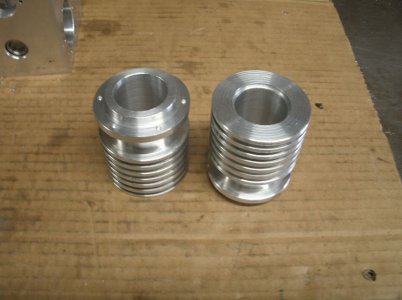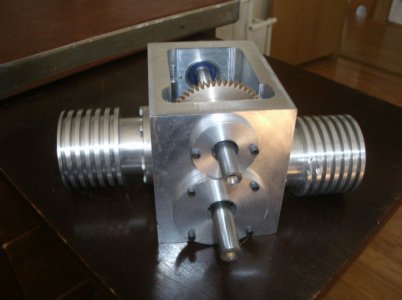- Joined
- Feb 2, 2014
- Messages
- 1,056
I have built three different hit-miss engines since this covid thing started mainly to have something to keep me busy. When I started the first build, a Kerzel from plans, I thought maybe I would end up with a display model that didn't look too bad but did not run. Well that didn't happen as all three of my models run very nicely and my building skills have improved with each engine.
Now I am ready for something more complicated and the Upshur Twin caught my eye. I acquired a set of plans but I soon realized that I didn't want to build the engine the way the author had so here is my take on my flat twin.
The specifications of what I wanted for my engine are.
1" Piston
1" Stroke
Ball bearing Crank shaft mains
Ball bearing Cam shaft
One piece crank case
Electronic ignition
I started with the crank shaft making it the same way I had done on the other models but I soon found out that a two throw crank shaft is immensely more complimented that a single throw crank. After several failed attempts I decided to try this method.
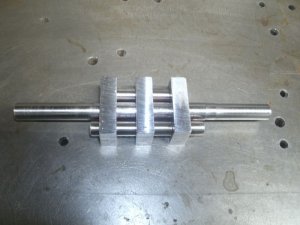
It is made of six pieces, three shafts and three bars. These were assembled with a close fit and red locktite and left over night.
Next day the shafts were further secured using 1/8" pins through the bars and shafts. Next was to cut out the bits I didn't want and do some shaping of the bar ends and a coat of paint.
The crank ended up very true and it even looks nice.
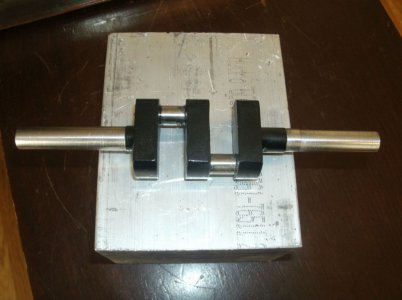
Next up is the crank case.
Thanks for looking
Ray
Now I am ready for something more complicated and the Upshur Twin caught my eye. I acquired a set of plans but I soon realized that I didn't want to build the engine the way the author had so here is my take on my flat twin.
The specifications of what I wanted for my engine are.
1" Piston
1" Stroke
Ball bearing Crank shaft mains
Ball bearing Cam shaft
One piece crank case
Electronic ignition
I started with the crank shaft making it the same way I had done on the other models but I soon found out that a two throw crank shaft is immensely more complimented that a single throw crank. After several failed attempts I decided to try this method.

It is made of six pieces, three shafts and three bars. These were assembled with a close fit and red locktite and left over night.
Next day the shafts were further secured using 1/8" pins through the bars and shafts. Next was to cut out the bits I didn't want and do some shaping of the bar ends and a coat of paint.
The crank ended up very true and it even looks nice.

Next up is the crank case.
Thanks for looking
Ray


